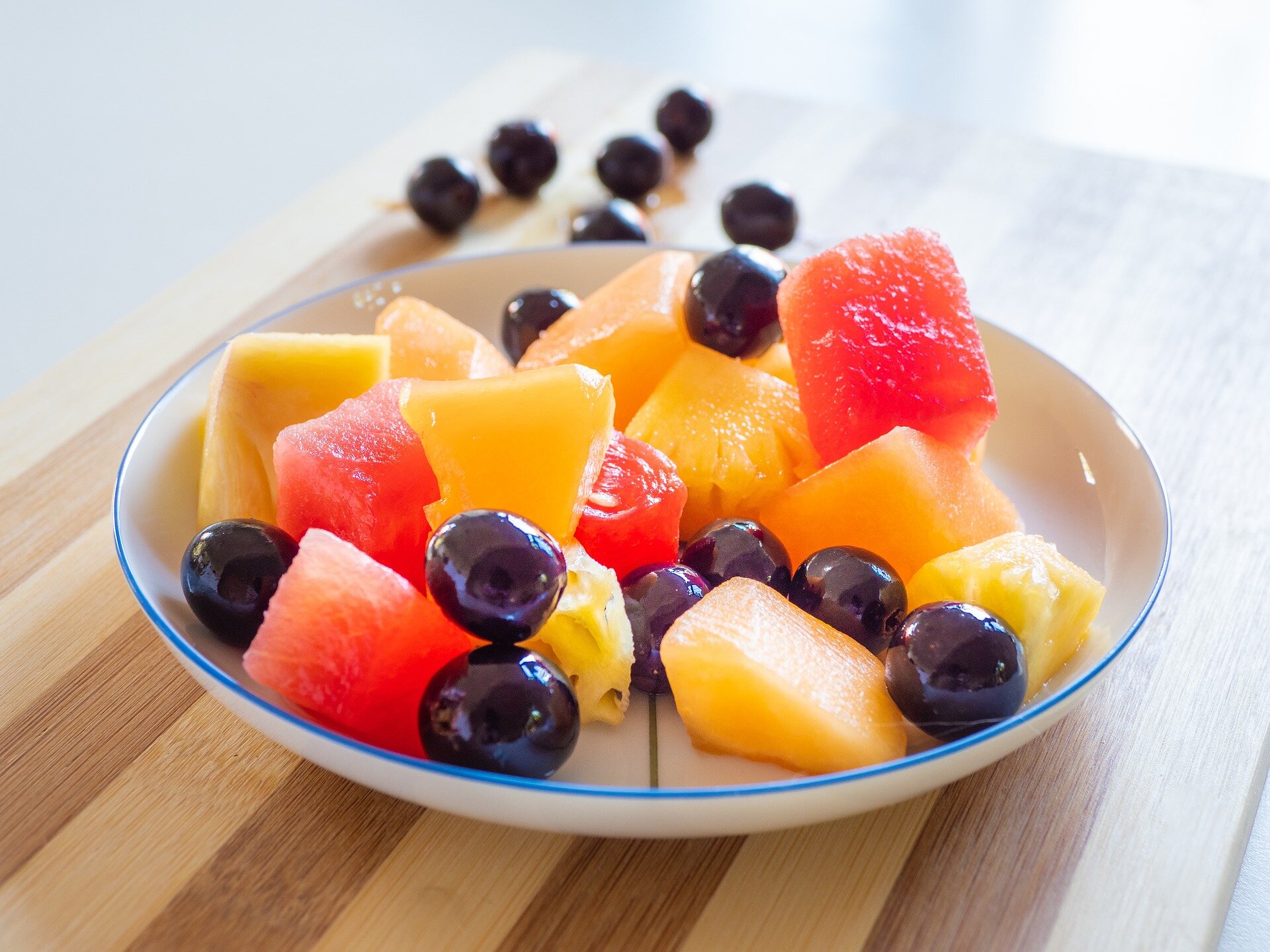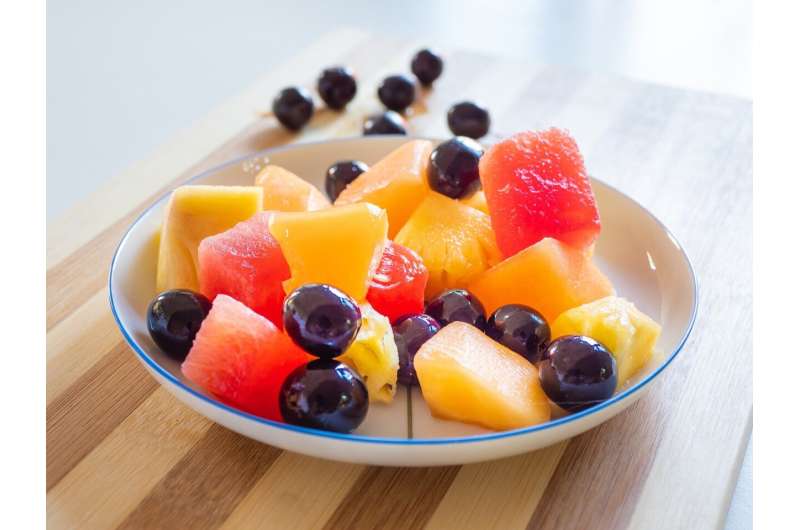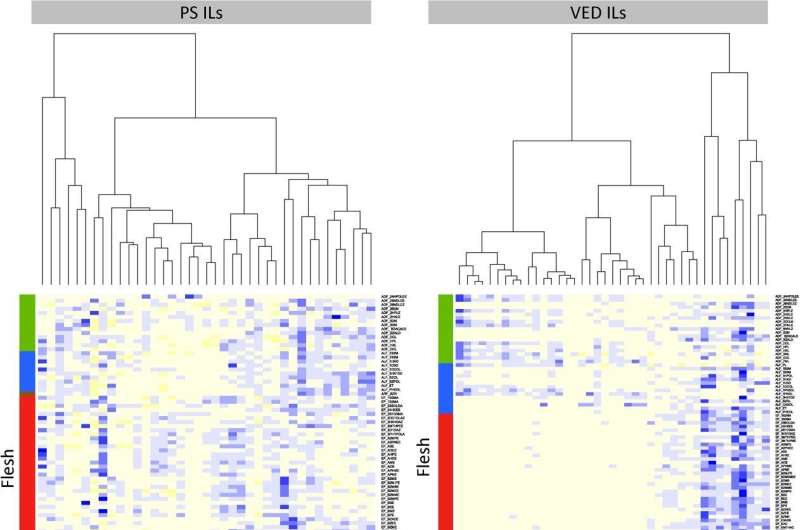

Melon aroma greatly influences consumer preference and fruit quality. Climacteric melons produce more esters, while non-climacteric melons have more aldehydes. Understanding these genetic differences is crucial for breeding better melons. Although genes involved in volatile organic compound (VOC) biosynthesis have been identified, a comprehensive genetic map is still missing. In-depth research is needed to uncover the genetic basis of melon aroma and ripening behavior.
Researchers at the Centre for Research in Agricultural Genomics (CRAG) have made significant strides in understanding the genetic regulation of volatile production in melons. Their study, published in the journal Horticulture Research on January 16 2024, delves into the contrasting ripening behavior of two melon introgression line (IL) collections, offering new insights into the genetic basis of fruit aroma.
This study investigates the genetic regulation of volatile production in melons, identifying over 1000 quantitative trait loci (QTLs) affecting aroma and ripening. Key findings highlight specific chromosomes that influence ester and aldehyde levels, contributing to unique aromas in climacteric and non-climacteric melons, aiding breeding programs aimed at enhancing fruit quality.
The research team conducted a comprehensive analysis of the volatile profiles of two reciprocal IL collections from “Piel de Sapo” (PS) and “Védrantais” (VED) melons. The study focused on identifying quantitative trait loci (QTLs) responsible for VOCs that contribute to melon aroma.

More than 1000 QTLs were detected, indicating a complex genetic regulation of aroma compounds. Key findings revealed that introgressions on chromosomes 3, 5, 6, 7, and 8 significantly influenced the balance between esters and aldehydes, which are critical for the distinct aroma profiles of climacteric and non-climacteric melons. Chromosomes 3 and 8 were particularly notable for their role in modifying ester-aldehyde balance, with specific QTLs linked to known ripening-related genes such as ETHQV8.1 and ETHQV6.3.
The PS alleles on chromosomes 2, 6, 10, and 11 increased ester content in VED melons, while several regions not related to ripening affected terpene levels. These findings enhance our understanding of the genetic control of melon aroma and provide valuable genetic material for breeding programs aimed at improving fruit flavor and quality.
Dr. Jordi Garcia-Mas, a leading researcher at CRAG, stated, “Our study significantly advances the knowledge of the genetic factors controlling melon aroma and ripening. By identifying key QTLs and candidate genes, we can better understand the complex interplay between genetics and fruit quality traits. These insights are crucial for developing melon varieties with enhanced flavors, meeting both consumer preferences and market demands.”
This study’s findings have significant implications for melon breeding, enabling the development of varieties with enhanced flavors and extended shelf life by identifying key genetic loci for aroma. These advancements benefit agriculture and meet consumer demand for high-quality fruits. The insights could also improve other fruit crops, driving broader progress in horticultural genetics.
More information:
Carlos Mayobre et al, Genetic regulation of volatile production in two melon introgression line collections with contrasting ripening behavior, Horticulture Research (2024). DOI: 10.1093/hr/uhae020
Provided by
NanJing Agricultural University
Citation:
Melon flavor decoded: The genetic keys to aromatic diversity (2024, May 20)
retrieved 21 May 2024
from https://phys.org/news/2024-05-melon-flavor-decoded-genetic-keys.html
This document is subject to copyright. Apart from any fair dealing for the purpose of private study or research, no
part may be reproduced without the written permission. The content is provided for information purposes only.